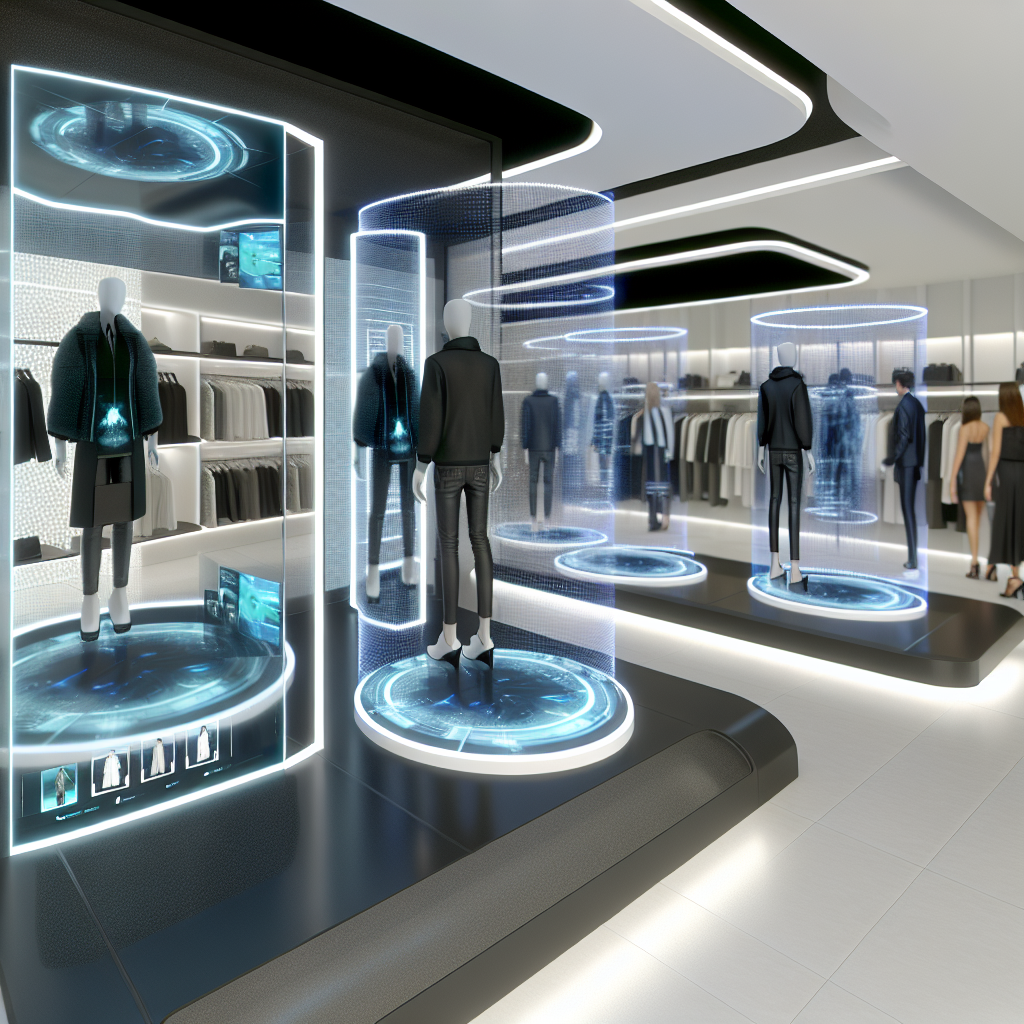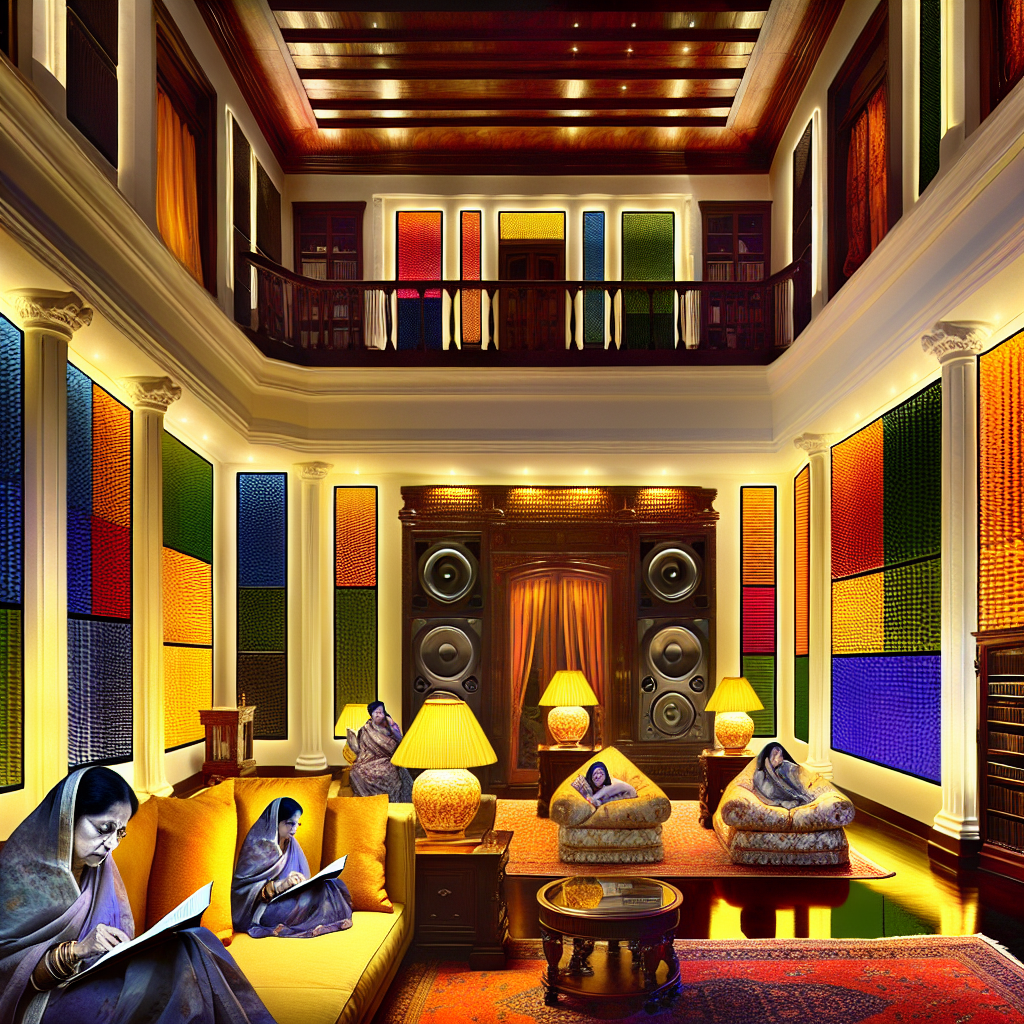Holographic Closets: Virtual Try-On Technology Transforming Luxury Shopping
Welcome to the Future of Fashion: The Rise of Holographic Closets
In the rapidly evolving world of luxury fashion, where personalization, exclusivity, and innovation are paramount, the traditional closet is undergoing an extraordinary evolution. Enter the era of the Holographic Closet — a cutting-edge, immersive virtual experience that allows fashion aficionados to try on high-end garments and accessories without ever stepping into a fitting room.
Imagine standing in front of a sleek digital mirror that renders hyper-realistic 3D holograms of designer outfits, instantly displaying how each piece contours, flows, and complements your style in real-time. This isn’t the future — it’s happening now.
For today’s modern luxury shopper, convenience must marry couture. From augmented reality makeup trials to AI fashion stylists, the fusion of tech and fashion is rewriting the rules of the luxury experience. As consumers demand more tailored, time-saving, and sustainable shopping methods, brands are leveraging the power of advanced virtual try-on (VTO) and holographic projection technology to deliver unforgettable, bespoke experiences.
These Holographic Closets not only provide a zero-contact, on-demand styling session, but also reflect a growing desire for intelligent minimalism, curated consumption, and digital luxury wardrobes.
Fashion’s Digital Revolution: Where Couture Meets Holograms
What was once science fiction is now fashionable fact. Industry giants like Dior, Gucci, and Balenciaga have already dipped into the metaverse, offering digital wearables through platforms like Roblox and Zepeto. Meanwhile, virtual fashion houses such as The Fabricant are redefining haute couture with garments designed solely for the digital space — pieces that may never exist physically but are experienced through avatars, AR lenses, and holographic simulations.
The result? A new, immersive dimension of fashion that prioritizes sustainability and self-expression over traditional ownership.
Luxury shoppers are no longer focused solely on acquiring physical items — they are seeking experiences, narratives, and innovative tech that elevate their aesthetic and identity. Holographic Closets are setting the stage with intelligent systems powered by AI, biometric data, and mixed reality that recreate the high-touch boutique experience — right in your living room.
Whether you’re selecting a runway look for a red carpet gala or enjoying a one-on-one session with your AI stylist, Holographic Closets transform shopping into an instant, immersive, and incredibly chic affair.
The Technology Behind the Glamour: How Holographic Closets Work
Holographic Closets operate at the cutting edge of fashion technology, AI, 3D visualization, and neuroaesthetics. These futuristic systems blend multi-angle body scanning, machine learning algorithms, and material physics simulation — all supported by high-speed 5G networks.
Pioneering tech companies like Zero10, Magic Leap, and Microsoft HoloLens are leading the charge, marrying augmented reality with real-world interaction. Their innovations incorporate environmental lighting and motion tracking to simulate how luxury fabrics behave and shimmer under diverse conditions.
A 2022 study published in the Journal of Retailing and Consumer Services found that virtual try-on technology boosts customer engagement and purchase intent, increasing buying confidence by 30% when compared to viewing static images. Interactive holographic try-ons also offer a richer sensory connection to digital fashion — all while decreasing costly product returns.
Advancements don’t end there. AI-powered assistants like LVMH’s “AI Stylist” use body symmetry mapping, facial expression recognition, and skin tone analytics to recommend only the most flattering looks. These systems can even suggest pairings and adjustments based on seasonal trends or local weather — offering hyper-personalized fashion guidance in real time.
Cognitive Chic: The Science of Looking — and Feeling — Good
The groundbreaking nature of Holographic Closets isn’t limited to aesthetics — they’re also having a profound psychological impact. The field of neuroaesthetics has revealed how digital fashion experiences affect emotional well-being.
Findings published in the Frontiers in Human Neuroscience indicate that realistic, immersive experiences trigger the brain’s pleasure centers, much like tangible physical touch. This creates a stronger bond between user and garment — even when the item only exists virtually.
In a 2021 study in the International Journal of Environmental Research and Public Health, researchers discovered that immersive try-on technology could boost body confidence and self-esteem, particularly among users experiencing augmented representations of their ideal selves. This introduces a more inclusive, empowering dimension to fashion shopping.
So, not only do these virtual experiences offer stylistic satisfaction — they also promote mental well-being by enhancing self-perception.
Sustainable Style: Holography’s Eco-Friendly Impact
Luxury fashion is increasingly defined by its sustainability ethos, and Holographic Closets are paving the way for greener consumer choices.
Digital wardrobes reduce the need for physical samples and minimize returns, helping fashion houses cut waste and carbon output. A joint report from IBM and the National Retail Federation notes that 60% of Gen Z consumers prefer brands that take real action on sustainability. Virtual try-ons directly fuel this shift by eliminating unnecessary production and promoting “digital-first design and fabrication.”
Design once, try infinitely — it’s a win for both style and the planet.
Dressing for the Digital Age: The Future Is Here
With numerous real-world applications, medical studies, and luxury brand adoption, Holographic Closets are no longer a trend — they are fast becoming the future foundation of luxury’s digital transformation.
At the crossroads of technology, style, and sustainability, Holographic Closets empower consumers to shop smarter, dress bolder, and connect with fashion in unprecedented ways. moxygal.com celebrates the innovators who are recoding couture for an era that values experience over excess and sustainability over disposability.
Whether through AI stylists, digital avatars, or real-time holograms, one thing is clear — the future of fashion lives in the flicker of light and code. And it looks absolutely fabulous.
Summary:
The rise of Holographic Closets is transforming the luxury fashion industry, blending cutting-edge technology like virtual try-on, AI, and mixed reality to create immersive, personalized shopping experiences. These futuristic systems offer a sustainable, on-demand alternative to traditional fashion retail, empowering consumers to explore digital wardrobes, boost self-confidence, and connect with luxury brands in innovative ways.

Dominic E. is a passionate filmmaker navigating the exciting intersection of art and science. By day, he delves into the complexities of the human body as a full-time medical writer, meticulously translating intricate medical concepts into accessible and engaging narratives. By night, he explores the boundless realm of cinematic storytelling, crafting narratives that evoke emotion and challenge perspectives. Film Student and Full-time Medical Writer for ContentVendor.com




